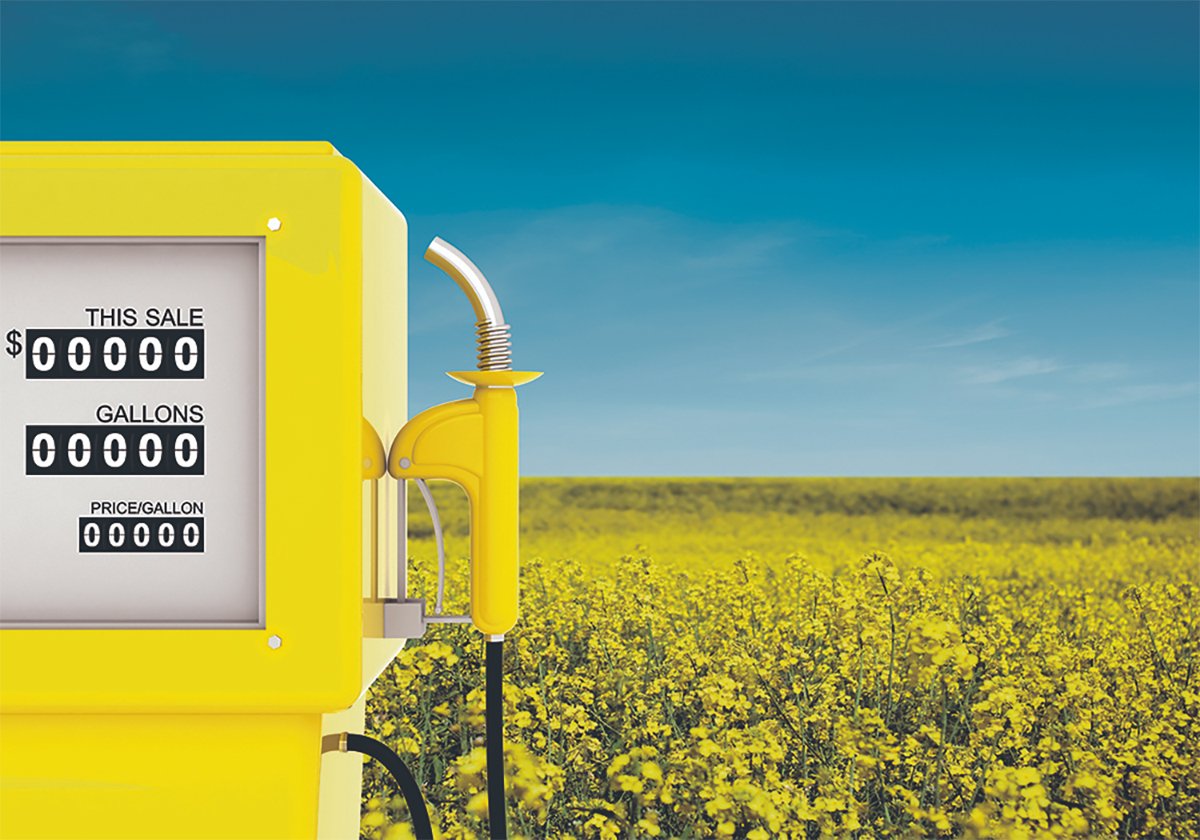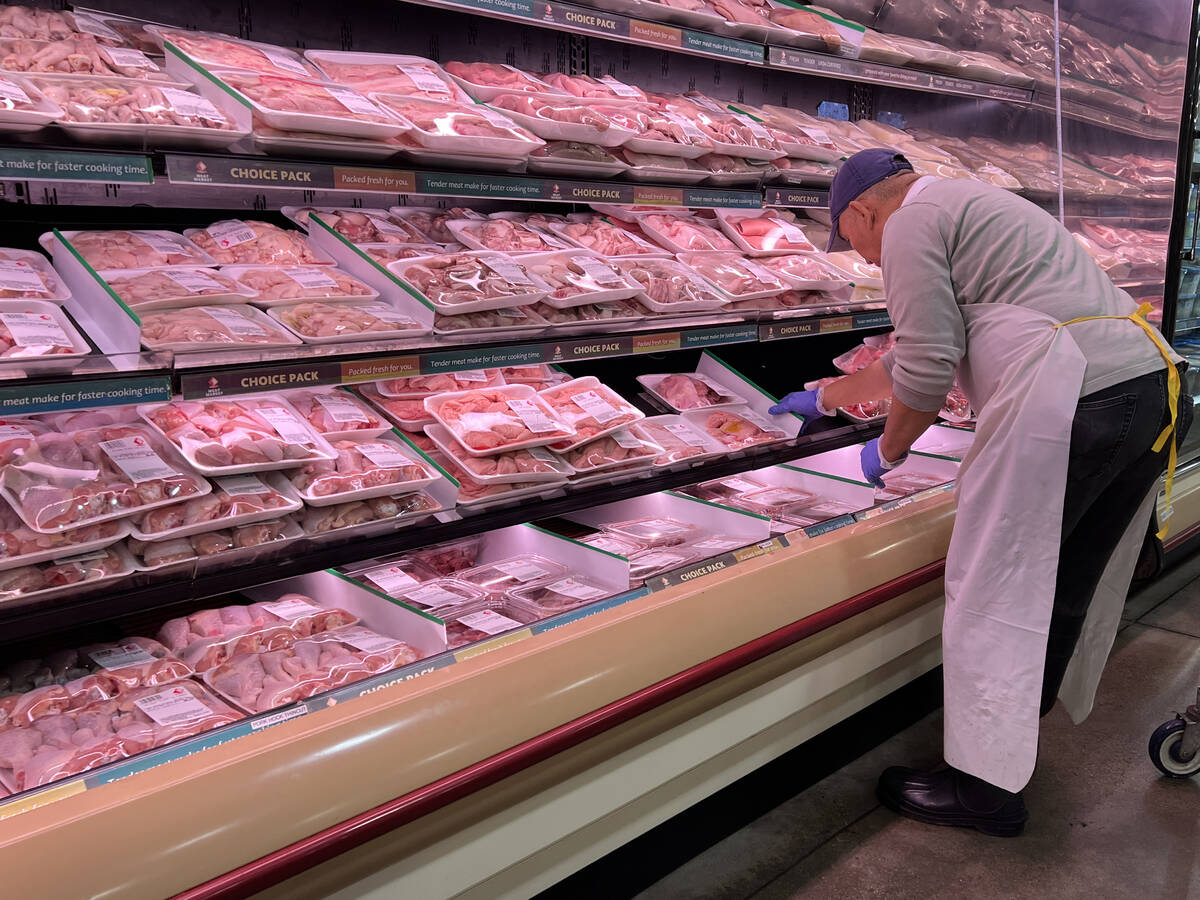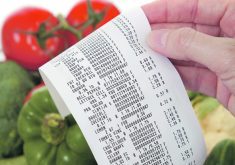Another monthly consumer price index report was released as I wrote this, showing inflation had driven the cost of living up by 1.9 percent relative to August last year.
It is a rule of thumb that central banks see two percent annual inflation as a comfortable benchmark that promotes stable economic growth.
However, the average person, having lived through half a decade of soaring inflation and struggling to maintain their lifestyle, likely does not see it that way.
Read Also

Biofuel sector happy with federal budget
Advanced Biofuels Canada says new Biofuel Production Incentive is a lifeline until CFR amendments are in place.
They are shocked by how much more they are paying for things compared to a few years ago and are not comforted by a statistic that shows prices rising at a slower pace than they were in 2022 and 2023.
Also, there are differences between statistics showing what is happening in aggregate across the economy and the lived experience of the average Canadian.
The average person’s perception is strongly influenced by what they have to pay for things that they buy weekly or even daily, things like food, energy and housing.
And food is a particular sore point because its cost has risen more quickly than the overall cost of living, as measured by the consumer price index (CPI).
But before we dive deeply into food, let’s look at a bigger picture.
Our attitude to rising prices is influenced by our ability to pay them.
If wages rose faster than prices, we would likely take it all in stride.
Looking at Statistics Canada CPI and wage growth statistics, I was surprised to see that they have climbed by a similar amount over the past five years.
The CPI for all goods and services between July 2021 and July 2025 rose 15.9 percent.
Wages, including overtime, averaged across all segments of the economy, rose 16 percent over the same period.
In sectors with an hourly wage, the increase was a bit behind, with an increase of 15.3 percent, while salaried workers saw a 17.3 percent increase.
So what is all the fuss? Costs and wages have roughly kept pace, according to the statistics.
But again, aggregate statistics of what is happening across all sectors doesn’t match the lived experience.
The broad base CPI includes a measure of the cost of clothing and footwear, which surprisingly shows that over five years prices have barely changed.
Another segment called household operations, furnishings and equipment rose only 6.3 percent.
But when you are in a pinch, you can put off buying clothing or a couch.
You can’t put off food and shelter.
Shelter is up 22.4 per cent over five years, and likely much more in big cities.
Food is up even more, climbing 24.9 percent over five years.
So after a trip to the grocery store, we really feel like we are falling behind.
It is no wonder that in a Nanos Research survey done for the Globe and Mail newspaper that asked people what should be the priority for Parliament when it resumed sitting Sept. 15, respondents identified the rising cost of living as the top priority, tied with trade negotiations with the United States.
Both topics were the top choice of 21 per cent of respondents.
How should government address the cost of living?
Wage and price controls were tried back in the 1970s when inflation was rampant, but that didn’t work very well.
The Liberal government recently dropped the 25 per cent countertariffs it put on many American imports. Those tariffs, which included food, were imposed in March in retaliation for the tariffs U.S. president Donald Trump levied on Canadian goods and in hopes they would encourage a negotiated settlement, but that didn’t happen.
The tariffs, which Canadians paid, contributed to this summer’s food inflation, which ran higher than the overall rate of inflation. With them gone, it might reduce food inflation this fall.
Some people think grocery store companies are gouging the public and running up huge profits.
The three big Canadian grocery chains saw profits soar as the pandemic hit.
Explanations include the fact people switched from spending on restaurants to buying food to prepare at home. Also, the population has increased a lot over the past five years and so sales and profits have climbed.
Profit margins have increased to around three per cent from two per cent pre-pandemic, but three per cent is still considered modest compared to other sectors.
I doubt that the Carney government, with so much else on its plate, will pick a fight with grocers.
I think price increases for some food will be moderated by the price weakness in grain and oilseeds and in crude oil, all of which are near the lowest in five years.
These commodities are the building blocks of much of what we find at the grocery store. High beef prices are an exception. It will take years to rebuild the beef herd.















